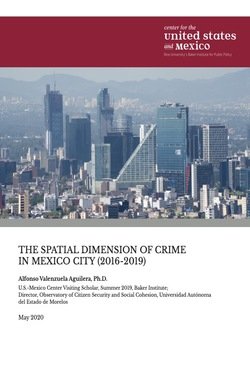By Craig S Wright
Cybercrime has become a pervasive and complex issue in today’s interconnected world, posing significant threats to individuals, businesses, and governments. This paper aims to provide a comprehensive overview of the diverse aspects related to cybercrime, including its historical context, demographic and geographic dimensions, environmental influences, and preventive strategies. This review provides a holistic overview of the multifaceted dimensions of cybercrime. By understanding its historical context, demographic and geographic aspects, environmental influences, and preventive strategies, policymakers, law enforcement agencies, and researchers can work collaboratively to combat cyber threats effectively. Such a comprehensive approach will help create a safer digital environment and protect individuals, organizations, and societies from the adverse impacts of cybercrime. Moreover, through ongoing research and collaboration, it is possible to develop innovative solutions and adapt to the evolving landscape of cyber threats, ensuring a secure and resilient digital future.
Unpublished paper, 2023. 54p.



